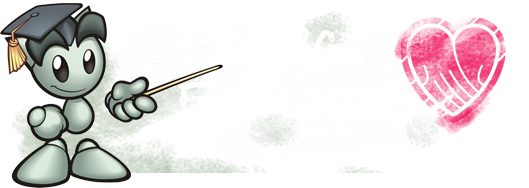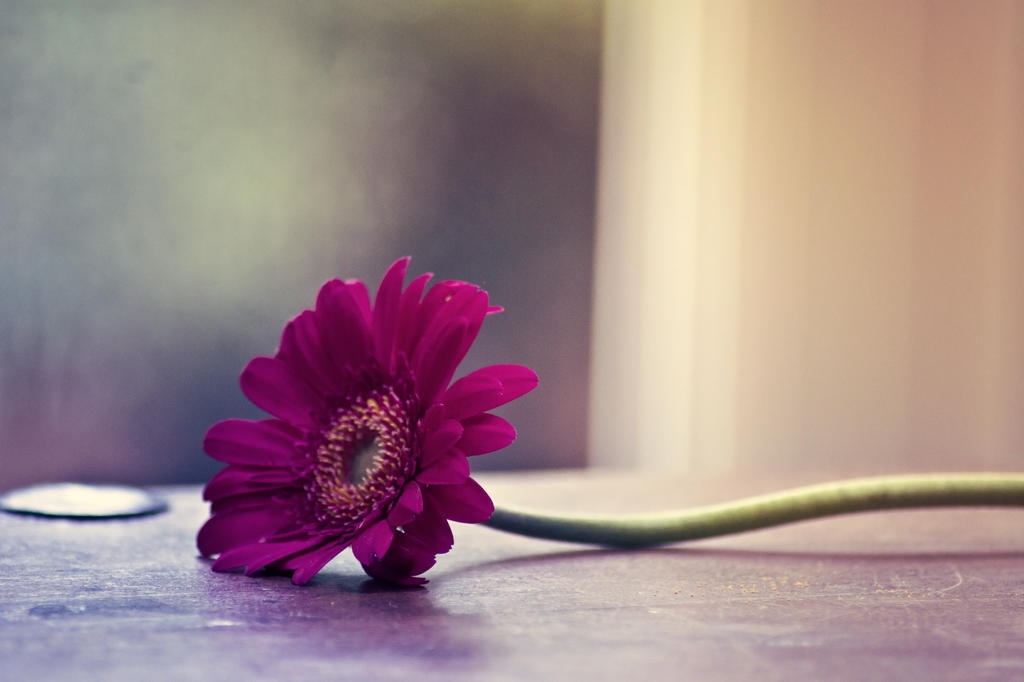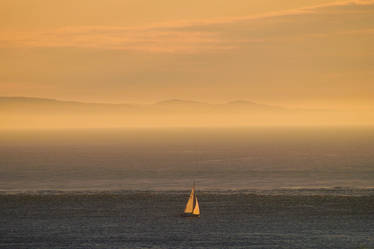Still Life Photography doesn't have to be difficult to achieve. There are lots of ways of getting inspired to start with the techniques that help to create still life images and this article highlights just a few of them. There are the traditional still life captures, such as Danbo (the little box man), fruit and cookies! There are also ways of getting creative and thinking outside of the box. It's perfectly okay to replicate ideas that are already out there, but why not try something new aswell?

One of the most easy things that I find with Still Life Photography, is the set up and pressing of the capture button! Actually coming up with the ideas in the first place is the tricky part, and that's when I start to look at what's around me. The beauty with still life photography is that you don't have to go trudging through snow to capture an image, or wading through flood waters. It's not journalistic, it rarely includes nature unless you count cut flowers, and no animals, babies, grooms or emotional brides can hamper your work!
A few top tips for varying your work...

Distort an everyday object such as a spoon, or wire - paperclips are great for this, and see what you can create. Quite often Still Life Photographers create their subjects as well as photograph them, and this is where you can get extra creative with the making and then with the snapping afterwards.

Think about your textures and backgrounds - photographing on a perfectly smooth reflective surface works fantastically for still life captures. But so does photographing on rough wood, or chipped stone.

Look at your exposure and lighting. Quite often something that is captured in partial lighting can work really well just as much as if it was under a complete spotlight. Remember that you can introduce surrealistic concepts into your work by choosing to obscure your object slightly too.

Always try your work out in black and white after you've snapped it. You might be surprised, it's worth dulling the tones a little just to see what you can get.

Give your work space, use the object and it's surroundings just as much as you use the empty space around your work station. Allow for the rule of thirds where it may be useful, and crop in tightly where it might not.

Play with fire! Consider introducing smoke, or water, to your work. Smoke makes for a fantastic capture and you can definitely liven up a still life generic object with a bit of it.

Re-organise your fruits! In the image below, I organised the cherries to be heart shaped and photographed them against an old (floral) kind of top. With some muted lighting in photoshop afterwards, I got the desired effect.
There are lots of ways you can get inspired, by photographing pretty perfume bottles, colourful macaroons, heart shaped teabags and much more. Get your squirty water bottle out and create a bokeh in your background to vary the image and make it more interesting - and use Photoshop actions to change the toning and colours where it suits. Be brave with your camera and your surroundings!










